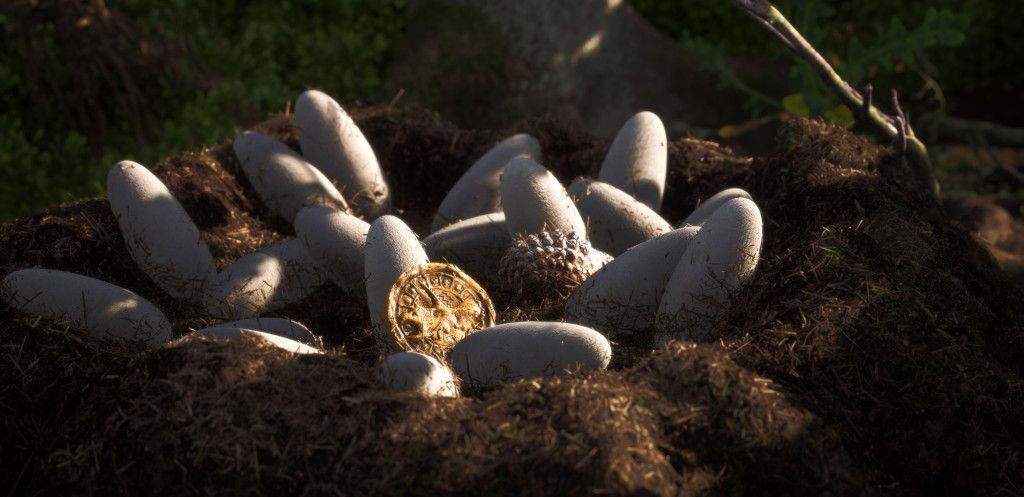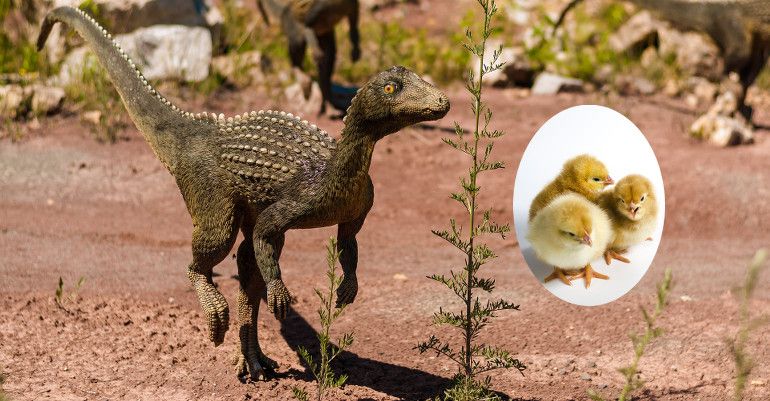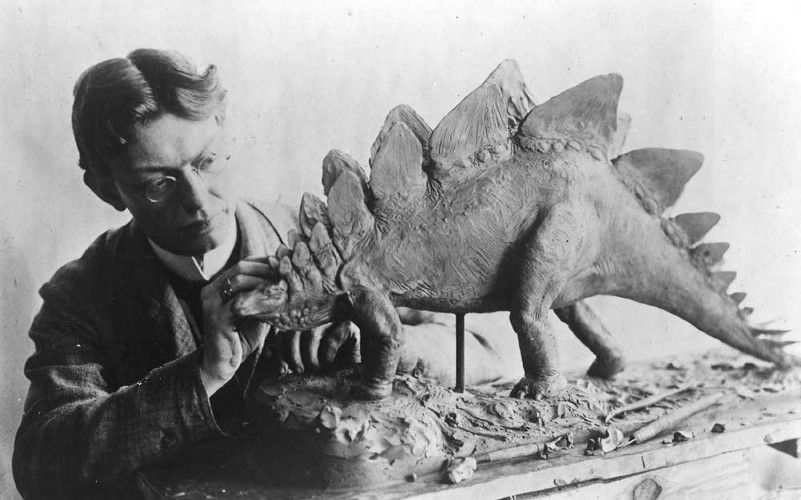
Charles R. Knight, the first Paleoartist.
Advice From Experts For Paleoart Hobbyists
You can get lost in the world of Paleoart. Arguably the best window we have into the world 65 million years ago or more. Fossils are great, don’t get me wrong, but you miss the small details like color, patterns, and feathers even. I’ve always wished I had the talent to draw. Being able to recreate these scenes on a whim is pretty powerful. So when I had the idea to write something about paleoart, I decided to write something to help motivate aspiring paleoartists. I turned to the experts, reaching out through e-mail. Some I have watched for years, others came with recommendations, but they all do amazing work in my opinion. I asked all these artists what advice they would give to aspiring paleoartists.
The following works were each created by the corresponding artists.
“… I am interested in depicting prehistoric animals as accurately as possible based on current scientific understanding…” Nobumichi Tamura
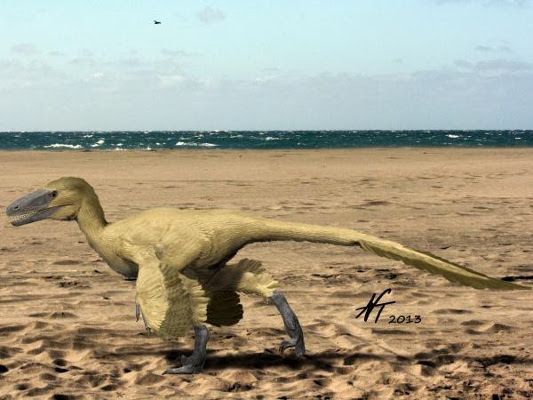
Accurate depictions of dinosaurs can be difficult to attain. As evidenced by recent history, it can be easy to recreate something that isn’t actually scientifically accurate. Take the popular depiction of Tyrannosaur teeth sticking outside the mouth. A recent study showed they would have actually been covered by lips. Keeping track of these kinds of developments is important to Nobu Tamura. Mr. Tamura specifically recommends checking scientific journals such as Nature, Science, Vertebrate Paleontology, and PLOS. He cites the Dinosaur Mailing List as a great place to get announcements for these journals, as well as a valuable resource for the conversation threads. Additionaly the blog of Tetrapod Zoology is a good source to follow. If you’re looking for an actual book to hold in your hand, he suggests The Princeton Field Guide To Dinosaurs (links at the end of this article.) You can find Nobu’s art at Spinops.com.
“In order to draw dinosaurs (you) need only a desire and love for paleontology” – Sergey Krasovskiy
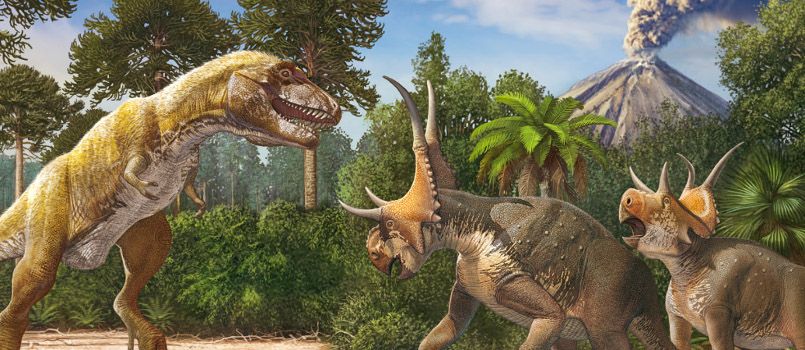
Starting out with a love for something gives you more willingness to persevere. I found Sergey Krasovskiy through praise from a fellow paleoartist in the comments section of a blog. Reaching across the world to Ukraine via e-mail, Sergey was extremely helpful. He has been drawing dinosaurs since he was a kid. He offers sensible advice: just draw. All the research and preparation in the world isn’t a substitute for the experience of actually trying to draw dinosaurs. Your first one may look hideous, but like evolution, your art will refine itself through time. Find some paper and pencil right now, and as soon as you’re finished with this article, take action and draw something! You can find Sergey Krasovskiy’s deviant art page here.
“The best way to reconstruct an extinct animal is to learn about the fossil material then reconstruct that individual from the inside out.” – Bob Nicholls
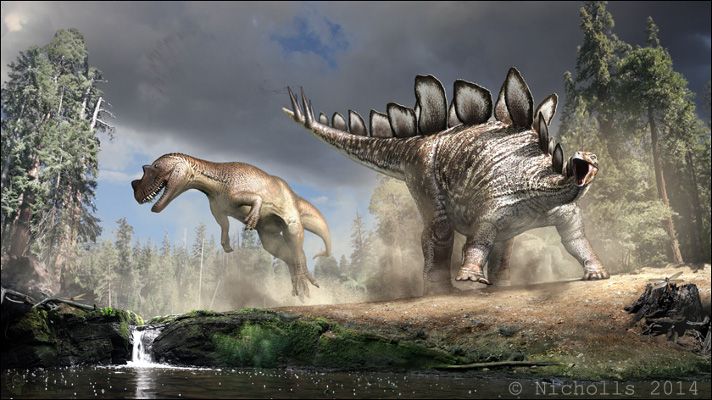
If this seems complicated, Mr. Nicholls agrees with you. He suggests finding skeletal reconstructions from experts, then using comparative anatomy to add the soft tissue to your reconstruction. Additionally, knowing what kind of outer shell your dinosaur has is important. There have been skin impressions and patterns found, as well as pigments. If you can’t find anything in your research, he suggests looking to today’s natural world for inspiration. Use it to formulate a theory for your final design. He also adds a bit of practical, yet simple advice. Dinosaurs weren’t always fighting, and weren’t always aggressive and menacing. Like predators today, they sleep on a regular basis. Some also cared for their young, resulting in gentle, peaceful moments. Keep in mind the entire gamut of animal behaviors. Mr. Nicholls recommends building your own image library of interesting scenes and artwork styles. He warns “most “dinosaur” books in the shops are full of regurgitated outdated stereotypes with very poor quality reconstructions…” Be sure to get your source material from reputable authors and artists, and that includes the blogs of respected paleontologists. You can find Bob Nicholls work at Paleocreations.com.
- Check out Scott Hartman for ideas on skeletal reconstruction.
“If you’d like to improve your skills you need to study a lot of things: biology, zoology, paleontology, ecology, improve your artistic skills…” – Andrey Atuchin
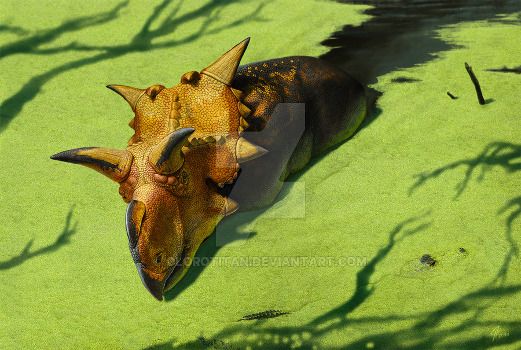
When I had a little trouble getting responses to email requests, Sergey recommended his friend Andrey in Russia. Ecology, as Mr. Atuchin mentioned, is an important element in paleoart. It may be something that new paleoartists don’t think to consider initially. You’ll spend all your time researching dinosaurs, but what about the plants in the background? The above picture of Andrey’s is a perfect example. Just like today, there was algae covered pools that dinosaurs waded through, and yes, dinosaurs could swim. As mentioned earlier, the dinosaur here is doing something completely normal, outside the common ferocious depictions. So when you are creating your first works of paleoart, remember to keep the ‘small things’ in mind. You can find Andrey Atuchin’s deviant art page here.
A Helpful Paleoart Community
I want to thank these paleoartists for taking their time to respond to me. I was worried at first that I wouldn’t get enough responses, but surprisingly the vast majority did reply. I found out via twitter, literally right after I sent my email to Mr. Nicholls, that he was finishing up a big project! There were some small language gaps to overcome, but nothing that would stop me from recommending that you reach out to any of them for guidance or help. Everyone was very friendly and helpful. There are also many other incredible paleoartists out there who not only produce incredible at, but are more than willing to offer help. So whether you’re using pen, pencil, or PC, put your artistic skills and love of dinosaurs to work. Start creating paleoart!
Who’s your favorite paleoartist? Leave your answer in the comments below!
Referenced in this article: The Princeton Field Guide To Dinosaurs via Amazon or eBay.
Purchasing through these links provide a commission to support the site, and you don’t pay any extra! Thank you!

